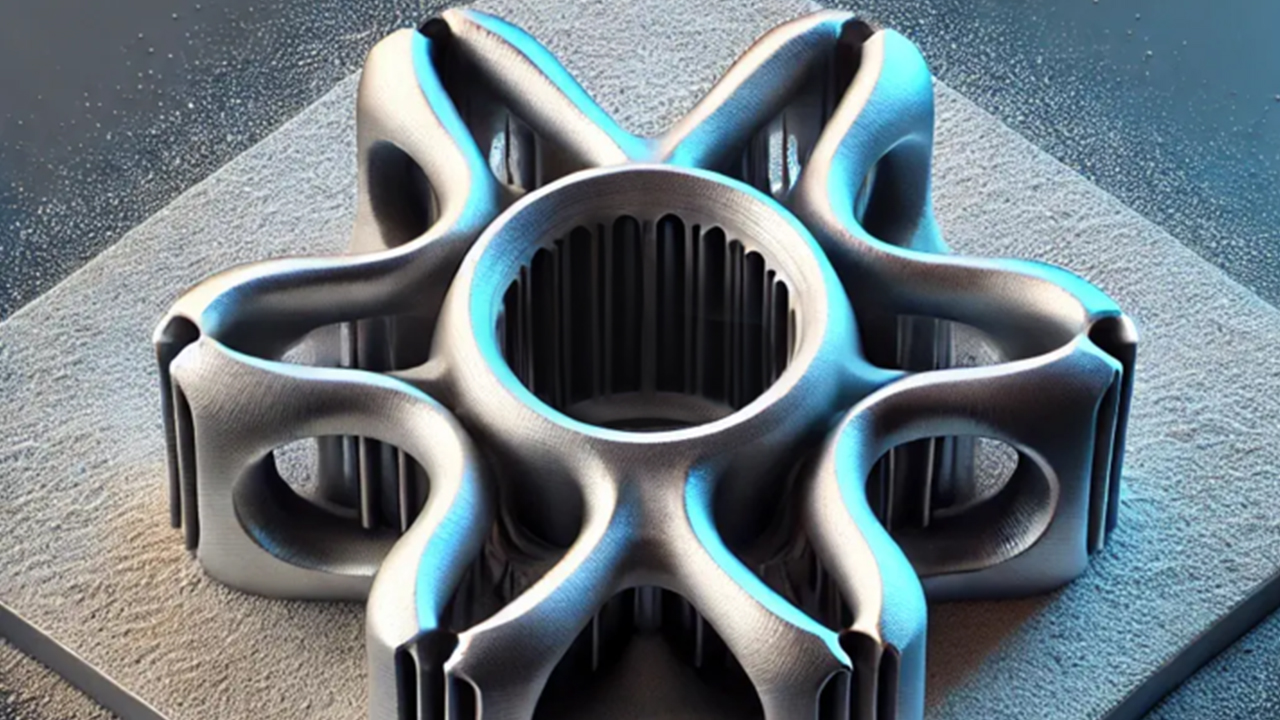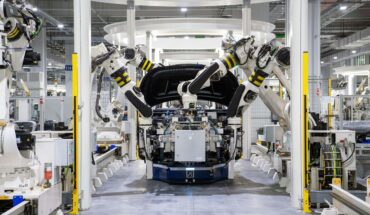MOOC covers processes, advantages, applications and limitations of metal 3D printing.

“More education!” has been the clarion call of the 3D printing industry for decades and these days online courses have made it easier than ever to answer. The latest example comes from a collaboration between Siemens and the University of Michigan (U-M) that has resulted in ‘Introduction to 3D Printing with Metals,’ a Massive Open Online Course (MOOC) available on Coursera.
To design the course, Siemens enlisted the help of Chinedum Okwudire, a professor of mechanical engineering at U-M, and Nathaniel Wood, a researcher in the Air Force Research Laboratory (ARFL) who’s investigating novel toolpath strategies for laser powder bed fusion (L-PBF). The course is design to provide information about the processes, advantages, limitations and applications of metal 3D printing.
“The goal of this course is to broaden the knowledge and engagement in metal additive manufacturing across a diverse and global audience that can help advance society through this game-changing technology,” said Okwudire in a Siemens press release. “Siemens’ support, both from a financial and knowledge point of view has been instrumental in the development of this course and we look forward to building a more diverse, equitable, and inclusive workforce trained in metal additive manufacturing.”
“Metals additive manufacturing has huge potential to revolutionize how products are delivered, enabling freedom of form and mass customization at an industrial scale,” said Aaron Frankel in the same release. Frankel is vice president of part manufacturing new solutions introduction and additive manufacturing at Siemens Digital Industries Software.
“To realize that potential, industry needs a workforce that is knowledgeable about all aspects of the processes, how best to implement them to solve real engineering challenges and avoid the common pitfalls,” Frankel said. “Our work with U-M brings together their team’s research knowledge with our industrial expertise to deliver an accessible and open educational resource that will help provide the next generation of engineers with the skills they need to change the world.”
The course consists of five modules, encompassing an introduction and four different metal additive processes:
- Directed Energy Deposition (DED)
- Powder Bed Fusion (PBF)
- Jetting-Based Processes
- Friction-Lamination Processes
The modules cover both pre-processing and design for additive manufacturing (DfAM) as well as post-processing and part-finishing. They include interviews with industry experts and, apparently, “hands-on experience with 3D printing with a smartphone or desktop-accessible augmented reality experience,” according to the Siemens press release.
That last bit made me curious enough to audit the course.
Stay tuned for updates.





